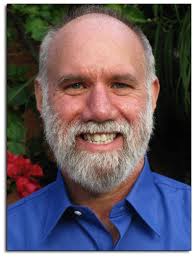 Living Better with Your Loved One’s Post Traumatic Stress Disorder – How Not to Catch It as You Help Them Heal
Living Better with Your Loved One’s Post Traumatic Stress Disorder – How Not to Catch It as You Help Them Heal
by Robert L Bray, PhD, LCSW, TFT-VT
Of course you cannot catch it like the flu or a bacterial infection.
When your loved one is exposed and develops dysfunctional survival and coping reactions, thinking, or behavior, do not just wait for time to heal this injury. Waiting adds to both of your stress levels and makes you more susceptible to developing more symptoms. Traumatic Stress Responses come in many forms. Even if your loved one does not meet enough of the 20 symptoms listed in PTSD criteria, the pain and healing can be just as difficult and they need your help. The closer your relationship, the deeper the love, the more at risk you are for the conditions that could lead to you getting your own dose of post traumatic stress.
Traumatic Stressor events can be any form of violence presenting a threat to life or safety. These events encompass a huge range and could be a one-time high- intense event, such as a car crash or shooting. Or it could be many less intense events over time, such as waiting for the next time a drunken rage ends in a physical fight or having to live in an environment under constant threat of attack. We all have our breaking points and traumatic stress can be a response to war, combat, assaults, childhood abuse, rape, domestic violence, natural disaster, or social indifference.
You can be affected by something called vicarious traumatization or secondary trauma, which can happen when you’re connected with someone through love and you know that your loved one has been overwhelmed and exposed to traumatic stressor events. This reaction is normal, and while it does not happen in every case and is not a test of your love in any way, you need to be aware of your own responses to knowing what happened to your loved one. You can find yourself with your own intrusive images and sensations about events and your own problems such as sleep, avoidance, or other symptoms causing dysfunctions in your work, relationships, or living a positive life. You must acknowledge and treat your own PTSD to be available fully to help another. There is much to be done to help and you are not alone. Using Thought Field Therapy is the best place to start. When
the overwhelming feelings are addressed, you can think and act in healing ways for you and the ones you love.





